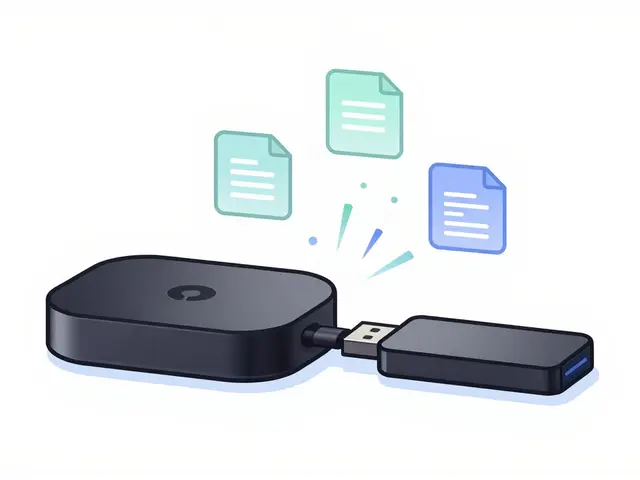Paracetamol: What It Is, How to Use It Safely, and What to Watch Out For
If you’ve ever reached for a bottle of Tylenol or a generic white tablet, you’ve used paracetamol (also called acetaminophen). It’s one of the world’s most common painkillers and fever reducers, and it works for headaches, muscle aches, colds, and the occasional fever spike.
What makes paracetamol popular is that it’s easy on the stomach and doesn’t cause the bleeding risks that NSAIDs like ibuprofen do. But that convenience can hide a serious risk: taking too much can damage your liver. So knowing the right dose and which other drugs to avoid is key.
Getting the Dose Right
For adults, the standard dose is 500 mg to 1000 mg every 4–6 hours, never exceeding 4000 mg in 24 hours. If you’re buying over‑the‑counter (OTC) liquid medicine for kids, follow the weight‑based chart on the label—usually 10‑15 mg per kilogram of body weight per dose.
Common mistakes include stacking multiple products that all contain paracetamol (think a cold syrup plus a separate pain pill). That can sneak you over the limit fast. Keep a quick note of every medication you take, especially when you’re feeling unwell and reach for a combo pack.
Paracetamol and Other Medications
Paracetamol interacts with a handful of drugs, and the interaction chart in our How to Understand and Use a Drug Interaction Chart Safely guide makes it easy to spot risky combos. For example, combining it with alcohol amplifies liver stress. Some prescription meds, like certain anti‑seizure drugs, can also raise liver‑toxicity risk.
If you’re on warfarin (a blood thinner), a short‑term, low‑dose paracetamol regimen is usually safe, but high doses for several days can affect clotting. Always check with a pharmacist or doctor if you’re on chronic medication.
When it comes to brand‑name vs. generic, our Brand‑Name vs. Generic Drugs: What Patients Really Need to Know article explains that the active ingredient—paracetamol—is the same. The price difference is usually due to packaging and marketing, not effectiveness. So a cheap generic from a reputable manufacturer works just as well as the pricier name brand.
One emerging field is pharmacogenetics, covered in Pharmacogenetics: Why Your DNA Could Change Your Medicine Forever. Researchers are looking at how genetic variants affect how quickly you metabolize paracetamol. While it’s not standard practice yet, future DNA tests might tell you if you need a lower dose to stay safe.
Lastly, keep an eye on the symptoms of overdose: nausea, vomiting, loss of appetite, or yellowing skin. If you suspect you’ve taken too much, seek medical help right away—early treatment can prevent permanent liver damage.
In a nutshell, paracetamol is a reliable go‑to for everyday aches when used correctly. Stick to the recommended dose, avoid mixing multiple paracetamol‑containing products, and be cautious with alcohol or liver‑affecting meds. When you need more detail, our guides on drug interaction charts and generic vs. brand medicines have the specifics you might need.
6
Pharmaceutical Breakdown of Popular Meds: Mechanisms, Risks, and Interactions (2025 Guide)
Clear, practical breakdown of common medicines: how they work, what they treat, risks, and key interactions-updated for 2025 with Australia-focused tips.
Latest Posts
Popular Posts
-
 Best Educational TV Shows for Preschoolers, Elementary Kids, and Tweens
Best Educational TV Shows for Preschoolers, Elementary Kids, and Tweens
-
 How to Find All Your Streaming Subscriptions and Stop Overpaying
How to Find All Your Streaming Subscriptions and Stop Overpaying
-
 How to Cancel Paramount+: Step-by-Step Guide
How to Cancel Paramount+: Step-by-Step Guide
-
 How Roommates Can Fairly Share Wi-Fi and Streaming Costs
How Roommates Can Fairly Share Wi-Fi and Streaming Costs
-
 Third-Party Billing: How to Manage Subscriptions Through Apple and Google
Third-Party Billing: How to Manage Subscriptions Through Apple and Google



